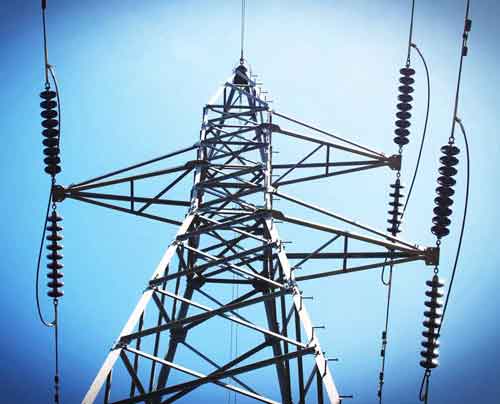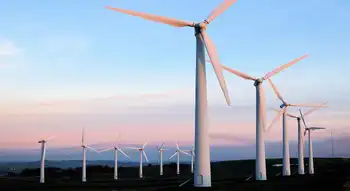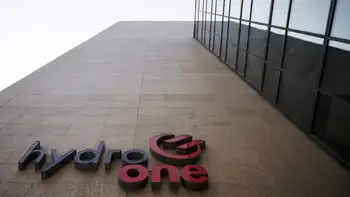PG&E’s Pandemic Response Includes Precautionary Health and Safety Actions; Moratorium on Customer Shutoffs for Nonpayment

NFPA 70b Training - Electrical Maintenance
Our customized live online or in‑person group training can be delivered to your staff at your location.

- Live Online
- 12 hours Instructor-led
- Group Training Available
PG&E COVID-19 Shutoff Moratorium suspends service disconnections, offers flexible payment plans, and expands customer support with safety protocols, social distancing, and public health guidance for residential and commercial utility customers during the pandemic.
Key Points
A temporary halt to utility shutoffs with flexible payment plans to support PG&E customers during COVID-19.
✅ Suspends shutoffs for residential and commercial accounts
✅ Offers most flexible payment plans upon COVID-19 hardship
✅ Enhances safety: social distancing, PPE, remote work protocols
Pacific Gas and Electric Company has announced that due to the COVID-19 pandemic, it has voluntarily implemented a moratorium on service disconnections for non-payment, effective immediately. This suspension, similar to policies in New Jersey and New York, will apply to both residential and commercial customers and will remain in effect until further notice. To further support customers who may be impacted by the pandemic, PG&E will offer its most flexible pay plans to customers who indicate either an impact or hardship as a result of COVID-19. PG&E will continue to monitor current events and identify opportunities to support our customers and communities through concrete actions.
In addition to the moratorium on service shut-offs, PG&E’s response to the COVID-19 pandemic is focused on efforts to protect the health and safety of its customers, employees, contractors and the communities it serves, including ongoing wildfire risk reduction efforts that continue alongside its pandemic response. Actions the company has taken include providing guidance for employees who have direct customer contact to take social distancing precautionary measures, such as avoiding handshakes and wearing disposable nitrile gloves while in customers' homes, and continuing safety work related to power line-related fires across its service area.
Customers who visit local offices to pay bills and are sick or experiencing symptoms are being asked to use other payment options such as online or by phone, as seen when Texas utilities waived fees during the pandemic, at 1-877-704-8470.
“We recognize that this is a rapidly changing situation and an uncertain time for many of our customers. Our most important responsibility is the health and safety of our customers and employees. We also want to provide some relief from the stress and financial challenges many are facing during this worldwide, public health crisis, and with rates set to stabilize in 2025 the company remains focused on affordability. We understand that many of our customers may experience a personal financial strain due to the slowdown in the economy related to the pandemic, and programs like the Wildfire Assistance Program can help eligible customers,” said Chief Customer Officer and Senior Vice President Laurie Giammona.
Internally, the company is taking advanced cleaning measures, communicating best practices frequently with employees, and is asking its leaders to let employees work remotely if their job allows, while avoiding critical business disruption. PG&E has activated an enterprise-wide incident response team and is vigilantly monitoring the Centers for Disease Control and Prevention and World Health Organization for updates related to the virus. The company is committed to continue addressing customer service needs and does not expect any disruption in gas or electric service due to the public health crisis.











